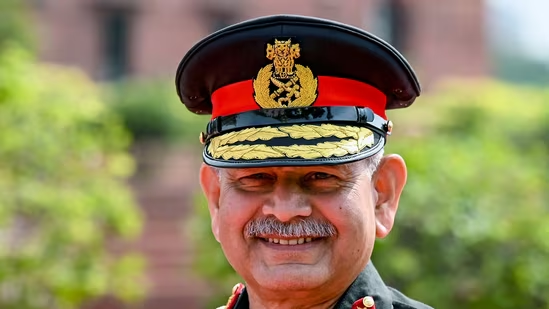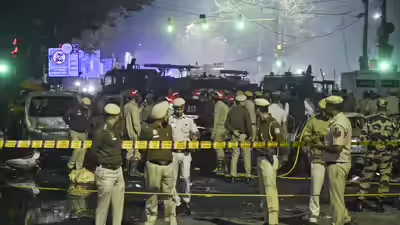
Punchline: Ceasefires may silence the guns, but they cannot quiet the undercurrents of conflict.
The Army Chief’s Bold Remark
In a striking revelation, India’s Army Chief General Upendra Dwivedi has stated that the so-called “end” of hostilities with Pakistan on May 10, 2025, following Operation Sindoor, was not truly the conclusion of the conflict. Speaking at the launch of a book chronicling the operation, General Dwivedi described the war as continuing “for a long time,” comparing it to “a rhythmic wave” rather than a one-time confrontation.
His words have sparked fresh debate about the real nature of ceasefires and how military operations evolve even after official announcements of peace.
Operation Sindoor: What Sparked the Conflict?
The crisis began in early May 2025 after the Pahalgam terrorist attack, which killed dozens of civilians and security personnel. India responded with Operation Sindoor, a series of targeted missile and drone strikes against militant camps and logistical hubs across the Line of Control and within Pakistan-administered territory.
While the official ceasefire was brokered directly between the two militaries through DGMO-level talks, India’s actions highlighted a shift in strategy — precision retaliation with sustained operational preparedness.
Ceasefire on May 10 — But Not the End
Although the ceasefire declaration on May 10 signaled a halt to overt hostilities, General Dwivedi’s remarks clarify that military activity did not simply stop. Planning, surveillance, covert responses, and preventive measures continued well beyond the formal truce.
This continuity reflects India’s broader military doctrine: a ceasefire on paper does not translate to the suspension of vigilance or operational readiness. The Army Chief’s statement underscores that for the armed forces, the war persisted in quieter yet no less significant ways.
Why This Matters
General Dwivedi’s words carry major implications:
- Public Perception vs. Ground Reality: While citizens celebrated a return to calm after May 10, the military remained in active defense mode.
- Redefining Ceasefires: His remarks hint that ceasefires are better seen as pauses — not conclusions — in long-standing conflicts.
- Signal to Pakistan: By highlighting the continuation of operations, the Army Chief reinforces that India will not lower its guard or compromise on security.
The Road Ahead for India–Pakistan Dynamics
India–Pakistan relations remain fraught with mistrust, and General Dwivedi’s remarks show that even when diplomacy takes center stage, the military remains fully engaged. Operation Sindoor has become a case study in modern conflict — where wars are not neatly bracketed by start and end dates, but continue through layered strategies, technology-driven responses, and constant preparedness.
For New Delhi, the message is clear: India cannot afford complacency. The “rhythmic wave” of conflict will ebb and flow, but national security demands relentless vigilance.
Conclusion
The Army Chief’s candid statement is both a reality check and a reassurance. Reality check — because it reminds the public that peace announcements do not erase ongoing tensions. Reassurance — because it affirms that India’s military never stops defending, even after ceasefire declarations.
Wars may end in documents, but on the ground, they live on through strategy, preparation, and vigilance.
FOR MORE BLOGS – beyondthepunchlines.com

 Add to favorites
Add to favorites







